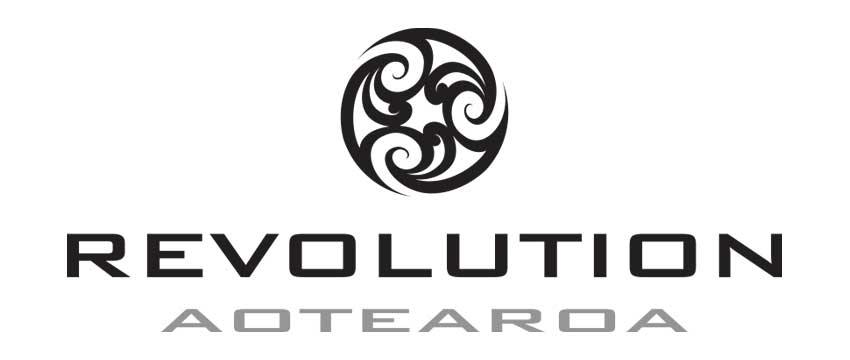At my core, I'm an illustrator. My entire journey in art revolves around drawing, a passion I've developed without any formal education, mostly from doodling as a kid. My focus has always been Māori art for the most part, which ignited my interest in Ta Moko and took me down an artistic pathway that eventually shaped my art career, as Ta Moko plays a significant role in the process of how I go about creating my work.
The musician side of me, especially as a guitarist, sparked my fascination with technology. There's a huge world of tech dedicated to music production and a whole other world of technology and gadgetry devoted specifically to the guitar. This curiosity has significantly influenced my dual career as a creative. Whether I'm creating images or sound, it's all art to me.
When it comes to visual art, I naturally gravitate towards illustration. As a kid, I doodled on almost anything I could find, not just paper, a habit that would often land me in hot water...even to this day!
Decades later, my basic approach remains the same, but the methods and options for transferring my art onto various surfaces have dramatically expanded.
It's worth noting that the physical objects we manufacture or have manufactured for us are not the main focus; they serve as vehicles for the artwork we create. In other words, we go beyond applying art to paper and walls etc, and look for opportunities to transfer our work onto any surface that it will adhere to. This is not a new concept, our Tūpuna did it for eons.
We often receive inquiries about the artistic methods and tools we use. It's obvious that technology is embedded in our process, and we fully embrace its role. After all, we began our business with a primary focus on digital Māori art over 20 years ago, and it has become an integral part of our company's whakapapa.
Now and then we'll receive comments like "it's all done by computer or machine." However, the real creative effort begins well before any machine is powered on.
And a substantial amount of the work we have to do is still quite labour intensive cutting, sanding, sorting, finishing etc, and not to forget drawing and composition which can be the most taxing especially in terms of using brain power which doesn't always kick in when you want it to.
When it comes to integrating technology into the creation of Māori Art, our heritage showcases a deep-seated tradition of adapting to the tools of our era. It's not a new concept.
Our people have a rich history of embracing the tools of our time, dating back to ancient techniques used in whakairo (carving) with stone tools. Over time, our ancestors adapted, incorporating steel tools, and eventually embracing power tools. This progression demonstrates our commitment to evolving with the technology available to us.
Today, we continue this tradition by integrating cutting-edge technology into our artistic practices. We recognise the importance of blending tradition with innovation to ensure that our stories and cultural heritage endure for generations to resonate for eons into the future.

As avid users of technology, we're excited about the possibilities that new technologies offer. With technology advancing rapidly, we're always open to integrating it into our work. We have to, if we want to remain relevant, but not at the expense of human creativity. Instead, we see it as a way to enhance and evolve our artistic expressions. The process we use to create our mahi remains rooted in organic, manual methods. The idea that starts in the imagination is paramount, as without it, the machines would be rendered useless.
It's crucial to emphasise my view, that the implementation of technology doesn't replace traditional techniques. Instead, new technology can evolve into its own genre within our cultural artistic legacy. I see it as becoming a sought-after aesthetic, that contributes to a particular look and style that one might be seeking for whatever reason. A major factor why I personally like using tools such as laser cutters and cnc's etc, is because I'm big on wanting my artwork looking precise and sharp. I just like that look and Im sure there are others who find it appealing also. I love the fact that I have the ability to transfer my artwork onto objects exactly as I intended it.
Looking ahead, the tools we use today will eventually become traditional tools of future generations centuries from now. Our journey revolves around embracing the strengths of tradition while also embracing the innovations and technologies of the present age, ensuring that our cultural legacy not only endures but thrives for the next thousand years and beyond!
~WB



1 comment
A great read.
No doubt our tipuna embraced new technology as they developed and encountered it during their lifetimes.
May the tradition long continue.